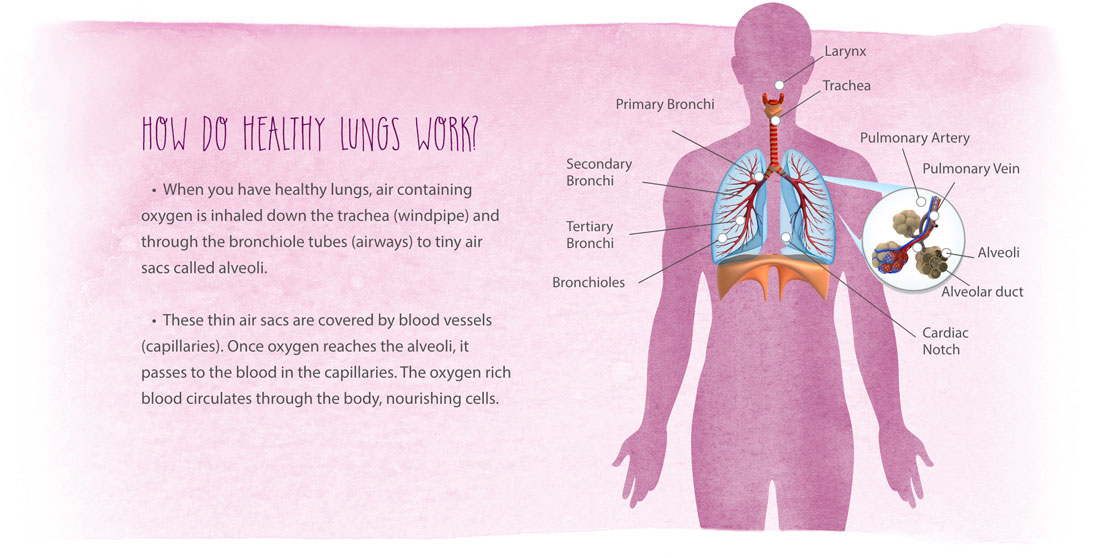Pollution
& solution
How does BerriQi™ work?
What’s the connection between Boysenberries and lung health?
Over the last three years, leading plant research organisation Plant & Food Research New Zealand studied the respiratory health effects of Boysenberry consumption. They discovered that Boysenberry is associated with five benefits for lung health:
• Reduced inflammation (immune cell recruitment)
• Reduced mucus production
• Repair of damaged tissue
• Supports fibrolytic macrophages (a type of white blood cell) to prevent scarring
• Keep lungs soft and supple
The improvements observed with Boysenberry consumption were consistently shown in three separate in vivo models – acute prophylactic, chronic therapeutic and chronic repair/recovery.

Oral boysenberry treatment reduces chronic lung inflammation in laboratory in vivo models of exposure to antigen (OVA). Shaw et al (2016) American Journal of Physiology – Lung Cellular and Molecular Physiology.
Tissue histology following chronic exposure to the antigen (OVA), with and without boysenberry treatment.
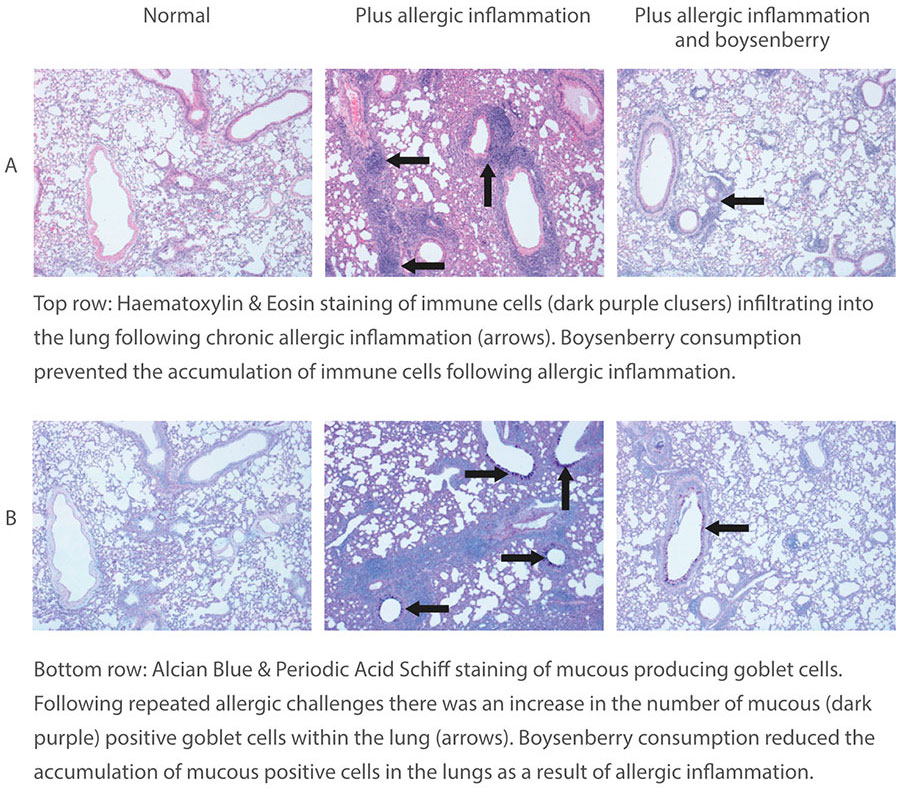
What can you do if air pollution is affecting your health?
BerriQi™ has been formulated as a convenient daily dose of natural berry bioactives that are known to support lung health. It is a delicious liquid supplement made from New Zealand Boysenberries, which science has shown can reduce lung inflammation and help repair damaged lung tissue.
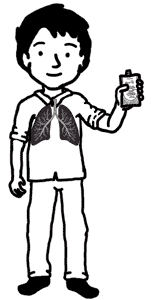

How clean is the air you breathe?
Air pollution is a severe problem for many of the world’s largest cities. In urban centres like Beijing, Shanghai, Hong Kong, Guangzhou, Xi’an, Riyadh and Al Jubail, the smog is full of PM2.5 – fine particulate matter with an aerodynamic diameter less than 2.5 μm (about 1/30th of the average width of a human hair).
These fine particles are produced from all types of combustion, including motor vehicles, power plants, residential wood burning, forest fires, agricultural burning and some industrial processes. They are small enough to be inhaled deep into the lungs, all the way to the tiny thin-walled air sacs (alveoli) that are responsible for getting oxygen into the bloodstream.

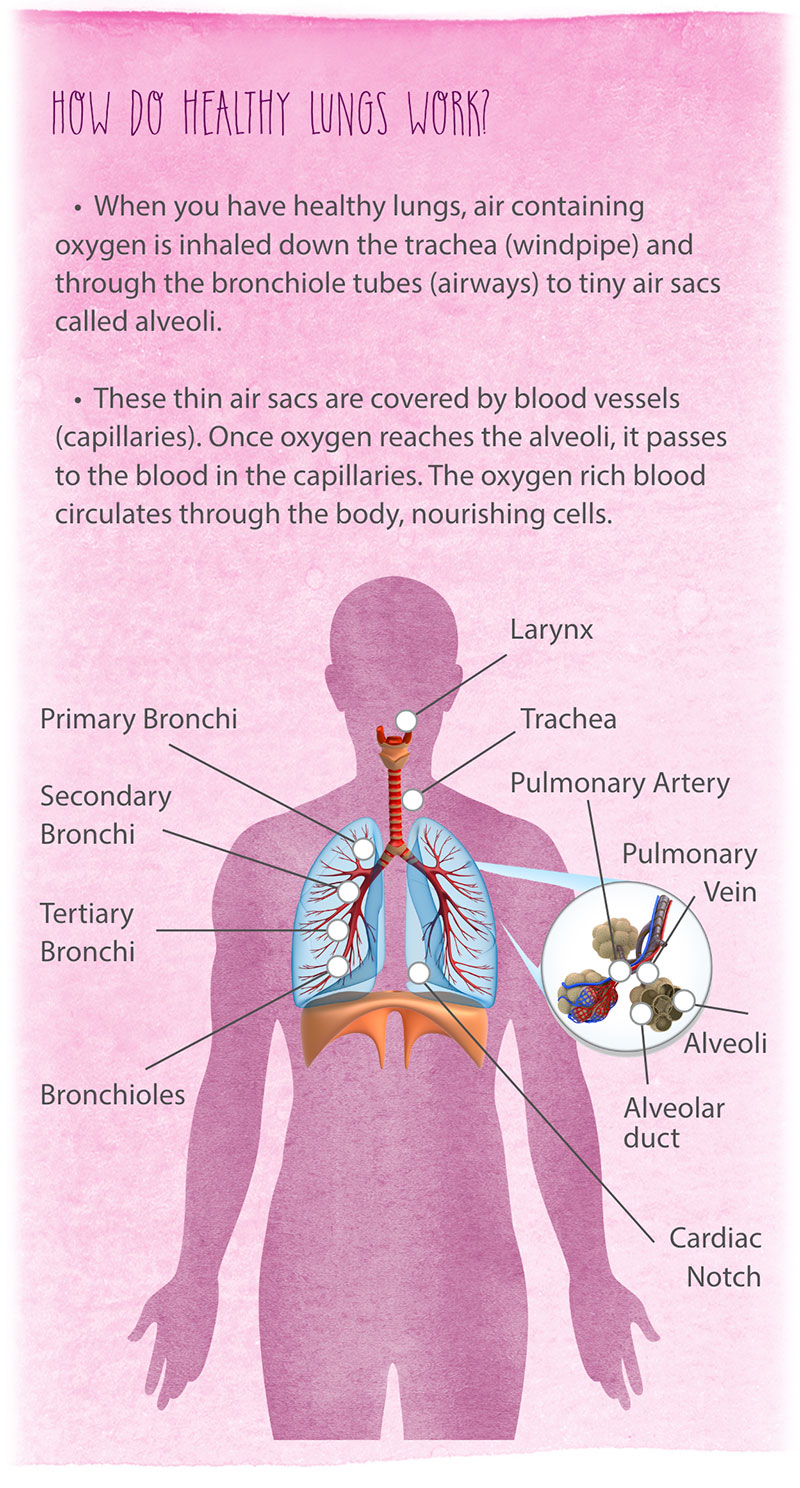
What happens when fine particles get into your lungs?
• When you live in a city with air pollution, air containing oxygen and fine particles travels down the trachea (windpipe) and through the bronchiole tubes to the air sacs.
• The fine particles lodge in the air sacs, causing irritation. Eventually the air sacs become thick, stiff and scarred from inflammation. The lungs harden and don’t inflate easily.
• Breathing becomes difficult and uncomfortable. You feel breathless, weak and tired.
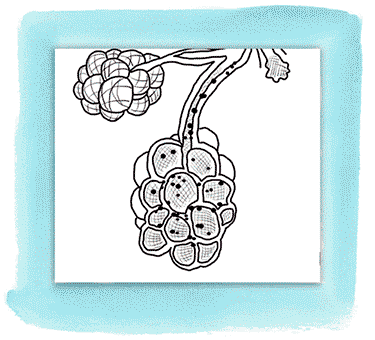
Fine particles build up in the air sacs, eventually making lung tissue stiff and hard.



